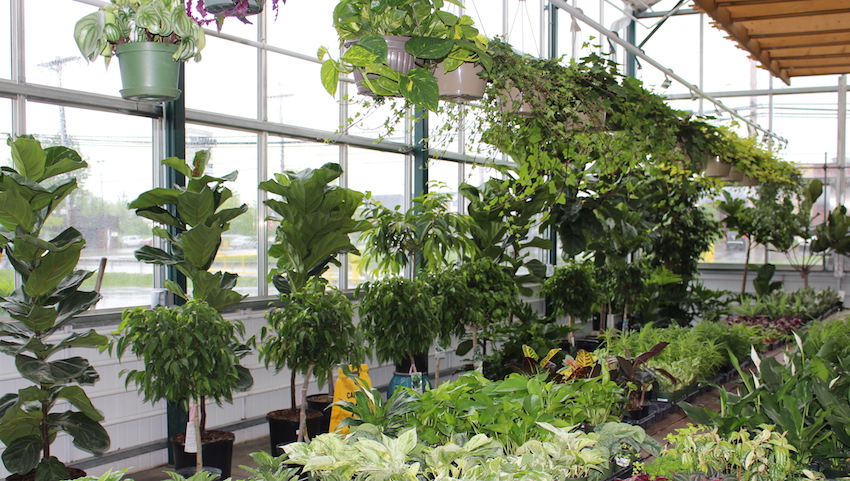
Plant Style: How to ‘Greenify’ Your Customer’s Space
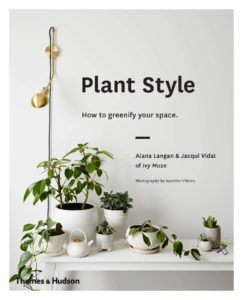 The new book “Plant Style: How to greenify your space” was released in May 2018. The work of the founders of coveted plant-wares studio Ivy Muse, Alana Langan and Jacqui Vidal offer expert advice on how to make a home fashionably lush with greenery. Ferns are back in the bathroom, cacti are sitting on plant stands and hoyas are cascading from hangers. Indoor plants are the ultimate indoor accessory. The book is published by Thames & Hudson — www.thamesandhudsonusa.com.
The new book “Plant Style: How to greenify your space” was released in May 2018. The work of the founders of coveted plant-wares studio Ivy Muse, Alana Langan and Jacqui Vidal offer expert advice on how to make a home fashionably lush with greenery. Ferns are back in the bathroom, cacti are sitting on plant stands and hoyas are cascading from hangers. Indoor plants are the ultimate indoor accessory. The book is published by Thames & Hudson — www.thamesandhudsonusa.com.
There’s a special feeling you get when you walk into a room filled with thriving greenery, and it usually results in a smile. That’s why plants are a stylist’s best friend. Although there’s a bit more to consider when styling a home with plants than with inanimate objects, the rewards are well worth it.
Plants add softness and warmth and remind us of nature. They enliven our homes and create a sanctuary to retreat to after a long day, but the real secret lies in their ability to transform an interior into something magical.
What is Plant Styling?
Every space in a home, no matter what size, is a unique opportunity to reflect who the owner is and what she loves. It’s the small details that make a home — a personal touch here, a much-loved object there — and plants, with all their superstar qualities, can really shine.
Nowadays, as the trend toward minimal, contemporary homes becomes more common, so does the need to soften those spaces and reconnect with nature.
Recognizing Shapes
There are a few simple principles when it comes to styling with plants that you’ll come across again and again. Once you get the hang of them, they become second nature and the whole process gets easier. Practice really does make perfect, so don’t be afraid to give it a try.
Let’s talk about the five basic plant shapes that you should help your customers understand, each with their own special beauty. Learning to recognize these shapes helps you create interesting groupings where the plants complement each other. For instance, pairing a bushy or trailing plant with a tree can soften the overall look, while an upright plant can add a striking and bold sculptural element.
Don’t forget to vocalize that plants are living things that change as they grow. Before your customers take a plant home, they should consider the shape of the plant and how it might change over time. Will the shape stay the same? If not, will it still work in their home?
Rosette
A rosette is a predominantly circular arrangement of leaves that are mostly at the same height. Foliage grows directly from the crown of the plant and can often look like flowers. Rosettes can make a striking single display alone or be used with other shapes to create an interesting contrast. Some examples are Mexican snowball, century plant, bromeliads, bird’s nest fern and a number of air plants.
Bushy
Bushy plants are often as wide as they are tall and have many stems growing from their base. Their solid appearance makes them helpful for creating a green backdrop. They’re also very handy for hiding things like electrical cords or sockets on a wall. Some examples include maidenhair fern, kentia palm, Chinese money plant, lady palm and happy plant.
Tree-like
Tree-like plants typically have a single trunk with branches and leaves at the top. It’s often best to just use one, so that its shape and character can be appreciated. But if you’re keen to maximize your plant gang, there’s no rule that says they can’t also work as a group. Some examples are fiddle leaf fig, rubber tree, weeping fig and fig tree.
Upright
Upright plants grow straight up and make a striking contrast to other plants. Single uprights work well with a smaller trailing, rosette or bushy plant to soften the overall look. Upright plants also look very effective when different varieties
are grouped together. The unique intricacies of each plant can easily be appreciated among the overarching upright theme. Some examples are snake plant, African milk tree, giant bird of paradise and peace lily.
Climbing and Trailing
Climbing and trailing plants often have thin, curling leaf stems that search out the next spot to cling to. Put simply, they go where they are told to go. They can cascade down a set of shelves, wind themselves vertically around a stake or climb across a bathroom wall. The options are endless. Some examples are devil’s ivy, heartleaf philodendron and varieties of hoya, which can both climb and trail. Donkey’s tail and mistletoe cacti are also good trailing options.
Grouping Plants
A single plant can look fantastic, but the power of plants really springs to life when they’re grouped together. There are many different ways to group plants, but remember to consider each plant’s suitability for that area of your home. You want all the plants in the group to thrive and look great.
There are four key elements to consider when choosing your grouping: color, shape, texture and variety. Choose one as your focus. Too many contrasts in a display can be confusing. But don’t feel that you have to be bound by these suggestions. Sometimes bending the rules can create something extra special.
Color
You can stick to the same or different shades of green, or even add the contrast of a red-tipped leaf or the vibrancy of a flowering succulent. Very dark leaves can look black, adding interest to a group and working well in contemporary spaces when green is not ideal. Variegated plants offer unique foliage colors, too.
Ensure the colors don’t clash or compete for attention, and always consider the plant’s location in the home. For example, a ruby rubber plant with its bold shades of pink and cream could appear entirely at odds against bright, patterned wallpaper.
Shape
A display can be vertical, horizontal, triangular or even circular, depending on where it sits in the home, what containers are used, and what works best in a particular space. A vertical arrangement is a great starting point and often can be used in multiple scenarios. Choose one tall plant to lead the group, add a shorter, bushier one, and then complement those with a small plant or two that have some looseness.
Texture
Play around with the contrast between rough and undulating leaves or smooth and glossy foliage. Subtle textural differences will add dimension and emphasize the different shades of green in any grouping. Textural delight can also come from your vessels and pots. Contrast rough and smooth surfaces, carved ceramic detailing, or even fabrics, paper, and woven knits.
Variety
Strength in numbers is a strong statement. Closely related plant varieties, like different cacti or succulents, or even trailing plants, can create an interesting and cohesive scene.
Styling Solutions for Every Room
Different rooms in a home may need different treatments, depending on how they are used, how much time is spent in them or how much light or heat they get. Use plants that have a consistent theme or vibe, or go wild and mix up plant choices to allow the plants to be the overarching theme. Help your customers follow their heart and you won’t go wrong.
Boring corners are often screaming out for plants. Whether you create a full-on display using a whole heap of plants, or simply add a small group of plants to the area, you can transform that dull corner into something worth noticing.
Large plants are particularly good in corners, as they can stretch out without getting in the way. And if you have the space, a gang of plants led by a large plant can be an incredible sight.



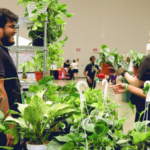




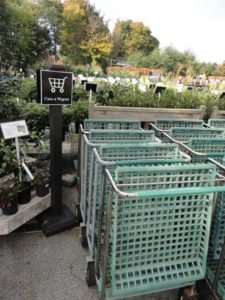

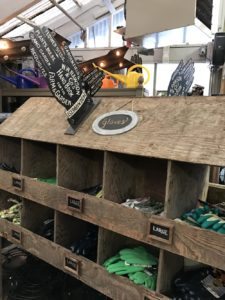
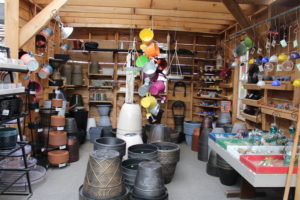
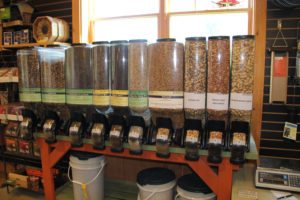
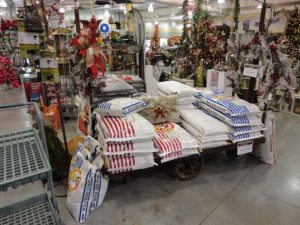


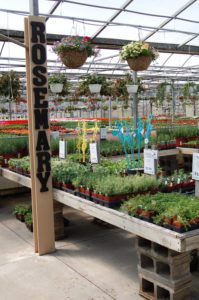

 Videos
Videos





